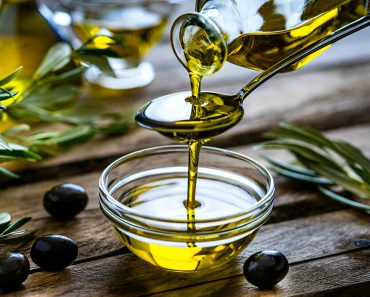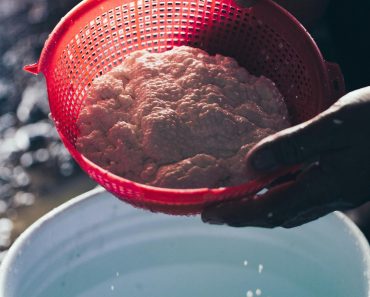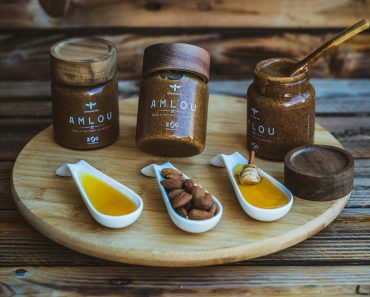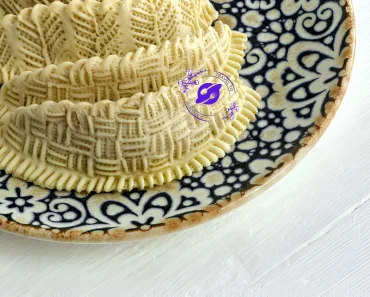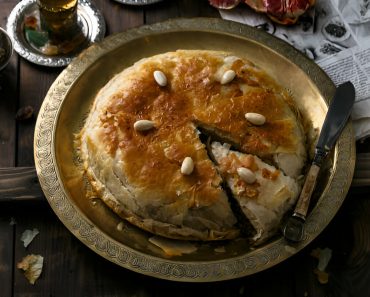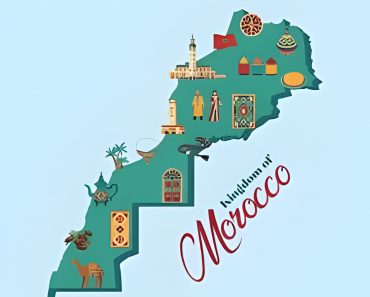The best traditional Moroccan Berber dress

Moroccan Berber dress
The traditional Moroccan Berber dress is not only a symbol of cultural identity but also a vibrant showcase of the region’s rich heritage and craftsmanship. From the snow-capped Atlas Mountains to the deep valleys of the Sahara, each piece of clothing worn by the Moroccan Amazigh (Berber) people tells a story of survival, beauty, and community spirit. This article explores the intricacies of the traditional Moroccan Berber dress, highlighting its significance, components, and the traditions surrounding its use.
The Historical Context
The Berbers, known as Amazigh, which translates to “free people,” have inhabited North Africa for thousands of years. Their traditional attire is deeply influenced by the need for protection and practicality in both the mountainous and desert landscapes they occupy. Over time, these garments have evolved, but they still retain elements that reflect their ancient origins.
Division of the traditional Moroccan Berber dress according to cities
The traditional Moroccan Berber dress varies significantly from one region to another, reflecting the diverse geography and history of each area. In the Atlas Mountains, for instance, the clothing is heavily influenced by the cold climate, leading to the prevalence of thick, layered woolen garments. These are designed not just for warmth but also decorated with distinctive, colorful patterns that signify tribal identity.
Moving towards the southeastern oases and the Saharan fringes, the traditional attire shifts to lighter fabrics to suit the harsh, hot desert environment. Here, the Berbers wear loose, flowing robes which are ideal for air circulation, and the colors tend to be lighter, reflecting the sun rather than absorbing it. This region is particularly known for its intricate silver jewelry that complements the simplistic nature of the garments.
In the northern coastal cities like Tangier and Tetouan, the Berber dress incorporates more Mediterranean influences, which is evident in the lighter fabrics and more vibrant colors used. The coastal Berbers often adorn their outfits with floral embroidery and sequins, adding a touch of the lush, lively sea environment that surrounds them. This blend of styles underscores the interaction between the Berber communities and the various cultures that have passed through these regions.
Key Elements of the Traditional Moroccan Berber dress
-
Djellaba

Moroccan Berber dress
- Description: A long, loose-fitting robe with full sleeves and a pointed hood.
- Material: Typically made from wool or cotton, depending on the climate.
- Usage: Worn by both men and women; designed to protect from the sun and sand.
-
Kaftan
- Description: Similar to the djellaba but more formal and without a hood.
- Material: Often made from luxurious fabrics like silk and velvet for women.
- Occasions: Worn during special events and celebrations.
-
Takchita
- Description: A two-layered garment, with an under-dress and a richly decorated over-dress.
- Components: Includes a belt called ‘Mdamma’ to fasten the over-dress at the waist.
- Significance: Predominantly worn at weddings and major festivals.
-
Seroual
- Description: Loose trousers designed for ease of movement.
- Commonly paired with: A simple shirt for men and a decorative tunic for women.
-
Headwear
- Men: Turbans known as “Cheche,” which protect against desert conditions.
- Women: Scarves and elaborate headdresses, varying by region and occasion.
Materials and Craftsmanship
- Fabrics: Primarily natural fibers like wool and cotton, which are locally sourced and sustainable.
-
Techniques:
- Weaving: Often done on traditional looms.
- Embroidery: Geometric patterns that carry cultural symbolism.
-
Adornments:
- Jewelry: Silver is commonly used, along with beads, coins, and semi-precious stones.
- Belts and Accessories: Intricately designed to complement the garments.
Cultural Significance
-
Identity:
Each piece symbolizes the wearer’s regional identity and familial ties.
- Heritage:
Garments are often handmade, a tradition passed down through generations.
-
Social Status:
The complexity and material of the dress can indicate social and economic status.
Preservation of Tradition
-
Artisan Support:
Initiatives to support local artisans help keep the traditions alive.
-
Cultural Festivals:
Traditional dress is showcased during national and local festivals, promoting cultural pride and tourism.
-
Educational Programs:
Workshops and exhibitions educate both locals and tourists about the importance of preserving these traditions.
Challenges and Future Outlook
- Modernization: The influence of global fashion trends poses challenges to the traditional dress practices.
- Economic Factors: The cost of handmade garments can be prohibitive, limiting their everyday use.
- Cultural Transmission: Ensuring the younger generation values and continues the traditions is an ongoing challenge.
How to choose the best traditional Moroccan Berber dress
Choosing the best traditional Moroccan Berber dress https://fr.wikipedia.org/wiki/Tenue_berb%C3%A8re involves appreciating the rich tapestry of culture, materials, and craftsmanship specific to the region. Each element from fabric to design tells a story of heritage and artistry.
- Understand the Regional Variations: Start by researching how traditional attire varies between different Berber communities in Morocco. Dresses from the Atlas Mountains differ greatly from those in the Sahara.
- Assess the Quality of Fabric: Traditional Moroccan Berber dress are typically made from natural materials like wool and cotton. Feel the texture and check for natural fibers to ensure authenticity and comfort.
- Examine the Craftsmanship: Look closely at the embroidery and stitching. Handmade details are a sign of traditional methods and often indicate higher quality.
- Consider the Occasion : Determine whether the dress is for everyday use or special occasions. Festival dresses, for example, are usually more elaborate than daily wear.
- Support Local Artisans: Whenever possible, purchase directly from artisans or local markets to ensure authenticity and support the local economy.
When choosing a traditional Moroccan Berber dress, it’s important to consider not only the beauty of the garment but also its cultural significance and the sustainability of its production. Each dress has its own story, deeply embedded within the folds of its fabric.
